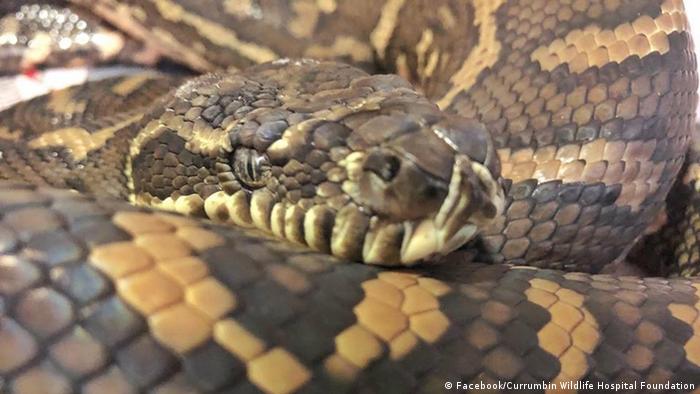
There are numerous false fantasies drifting around about creature vision, however did you ever stop to think how creatures really observe? This video investigated only that, and keeping in mind that it may not be completely precise, it's very sufficient to give us a smart thought.
Dog Vision
Contrary to popular belief, dogs don’t see the world in black and white, although they don’t really see as well as humans; they are very nearsighted, and looking at something that’s isn’t really close makes things quite blurry for them. They do have a wide peripheral vision though. More info on how dogs see the world here.
Felines Vision
Felines, similar to hounds and numerous different creatures, have a tapetum lucidum — an intelligent layer behind the retina. While this permits them to see better in obscurity, it lessens their general visual sharpness. Felines have a visual field of perspective on about 200°, contrasted with 180° in people, however a binocular field (cover in the pictures from each eye) smaller than that of people.
Bird Vision
Vision is the most significant sense for winged creatures since great visual perception is basic for safe flight. This gathering has various adjustments which give visual keenness better than that of other vertebrate families. Obviously, various sorts of winged animals see in an unexpected way, however they do share a few things for all intents and purpose. Winged creatures of prey particularly have an exceptionally high thickness of receptors and different adjustments that boost visual sharpness.
Fly eyes have the quickest visual reactions in the set of all animals. They additionally have compound eyes, with a large number of individual visual receptors, called ommatidia. Every ommatidium is a working eye in itself, and a large number of them together make an expansive field of vision for the fly. They can likewise observe a more extensive range of light than people.
Snake Vision
Snake vision shifts fiercely, yet by and large it contrasts enormously from that of people. The principle pattern is that it can detect warm marks. Pit snakes, pythons, and a few boas have infrared-delicate receptors in profound depressions on the nose, which permit them to "see" the emanated warmth of warm-blooded prey vertebrates
Shark Vision
Sharks can’t see color, but of course, they see much clearer underwater.
Fish Vision
Fish don't generally observe like sharks do, which is to some degree amazing, however they do have bright shading receptors — something which once more, we don't have. Fish eyes are like earthbound vertebrates like winged creatures and well evolved creature yet have a progressively circular focal point. Profound water fish are adjusted to finding in low light.
Rodent vision is very hazy, around 20/600 for ordinarily pigmented rodents. Pale skinned person rodents, nonetheless, are likely visually impaired or seriously outwardly hindered, with around 20/1200 vision. They can, nonetheless, move their eyes independently, which is very fascinating.







Comments
Post a Comment